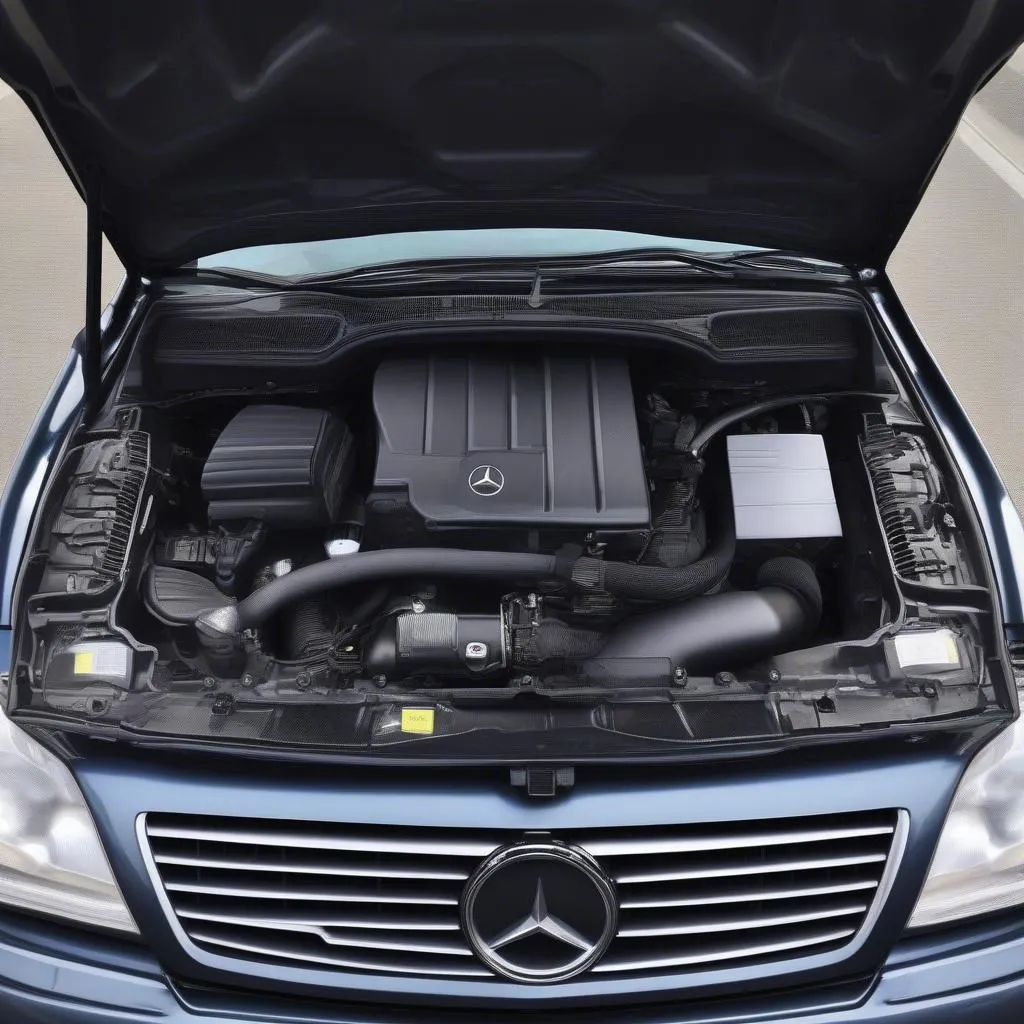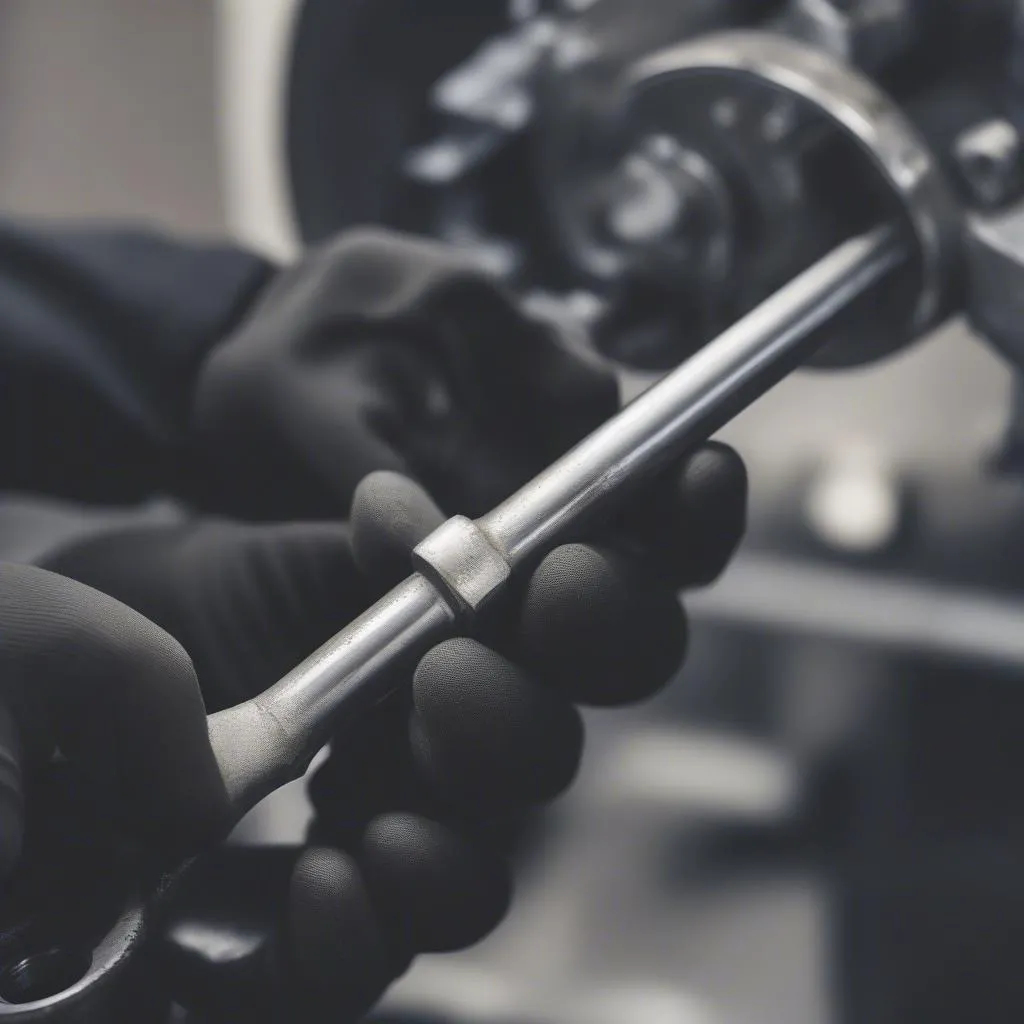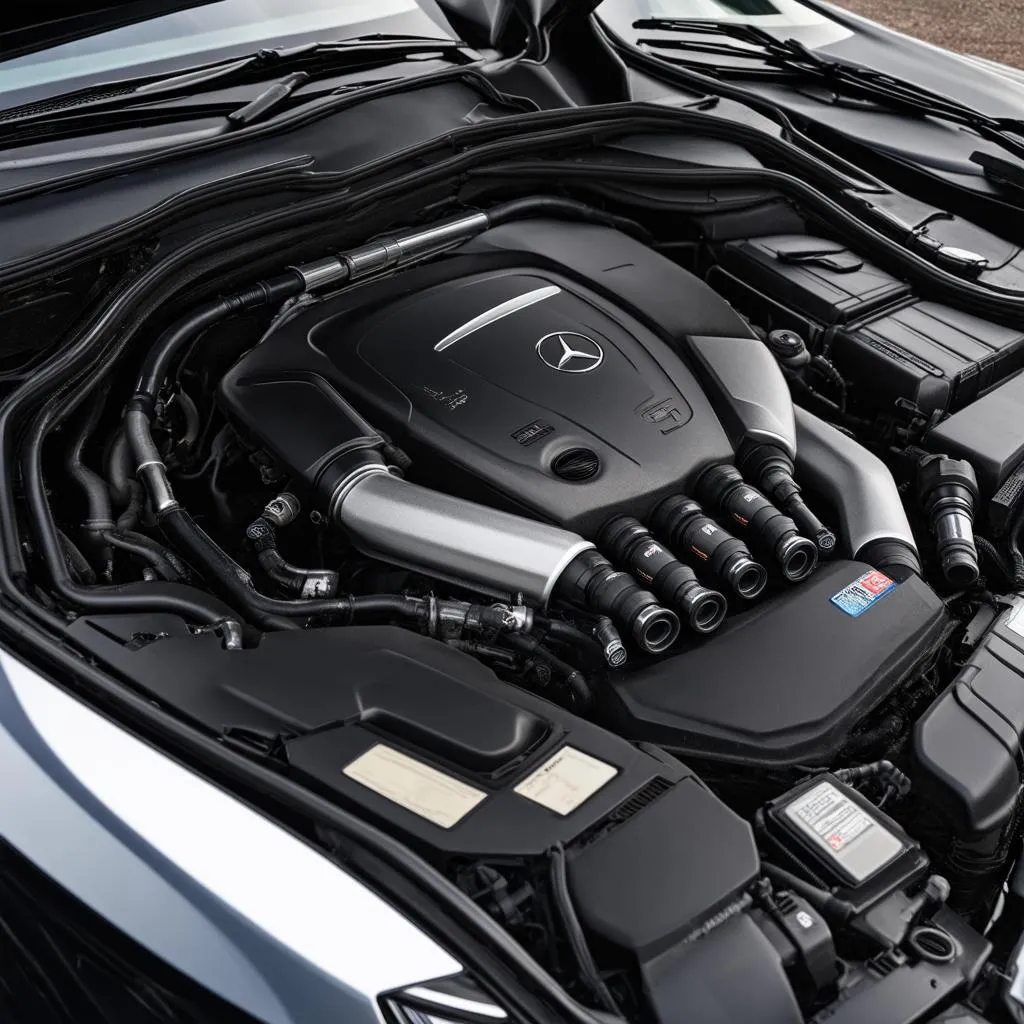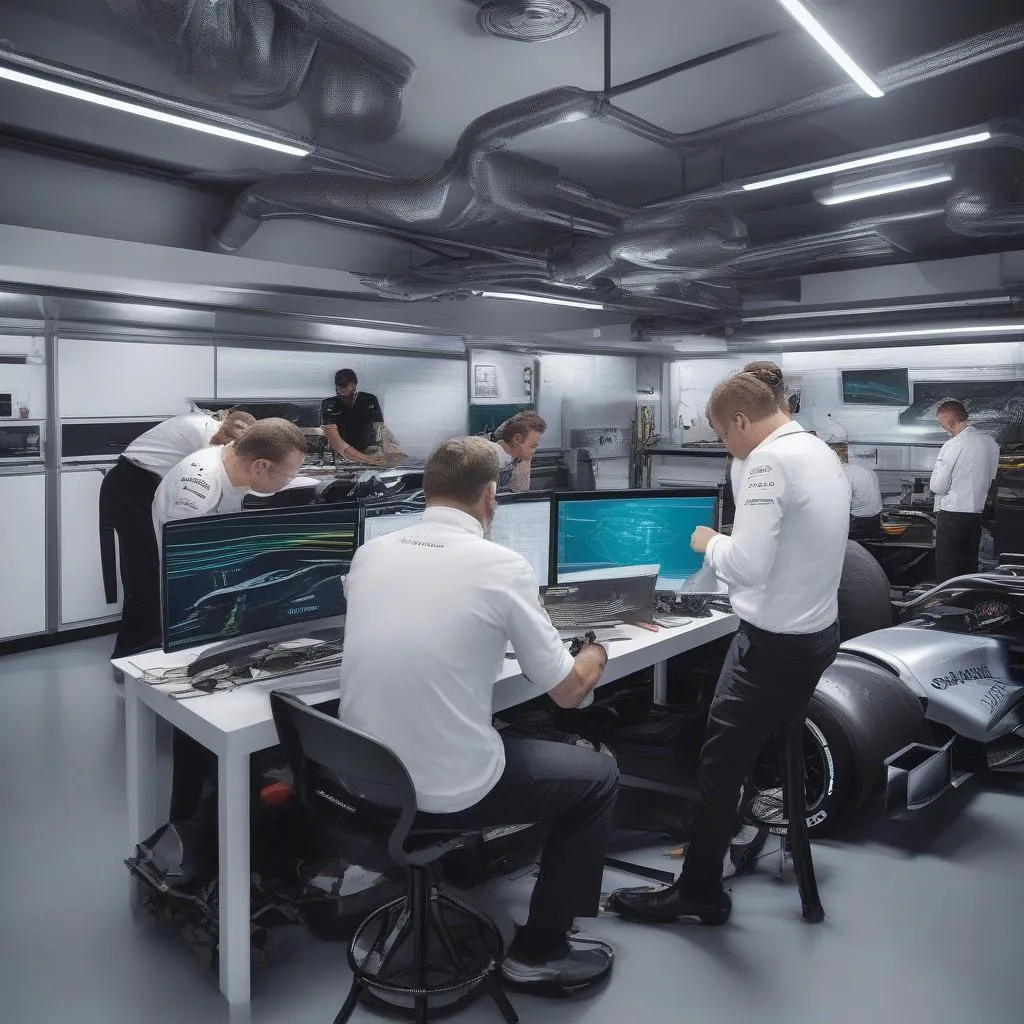Owning a 2000 Mercedes ML320 can be a joy, but like any vehicle, it can experience engine problems. One of the most serious issues is a bad engine rod. This problem, if left unaddressed, can lead to catastrophic engine failure. This comprehensive guide will walk you through the causes, symptoms, and potential solutions for a bad engine rod in your 2000 Mercedes ML320.
Understanding Engine Rods and their Importance
Before delving into the specifics of a bad engine rod, it’s crucial to understand their function. Engine rods, also known as connecting rods, are crucial components that connect the pistons to the crankshaft. This connection facilitates the conversion of linear piston motion into rotational motion, which ultimately powers your vehicle.
What Causes a Bad Engine Rod in a 2000 Mercedes ML320?
Several factors can contribute to a bad engine rod in your 2000 ML320:
- Wear and Tear: Over time, the constant stress and heat can cause wear on the engine rod bearings. This wear can lead to excessive play and eventually rod failure.
- Lack of Lubrication: Engine oil is essential for lubricating the engine rods and preventing friction. Insufficient oil levels or infrequent oil changes can accelerate wear and tear, potentially causing rod failure.
- Hydrolock: Hydrolock occurs when fluid enters the cylinder, preventing the piston from completing its stroke. This can cause the connecting rod to bend or break due to the immense pressure.
- Foreign Object Ingestion: If a foreign object enters the engine through the intake, it can cause significant damage to the pistons, connecting rods, and other internal components.
Recognizing the Symptoms of a Bad Engine Rod
Identifying a bad engine rod early is crucial to prevent further damage. Here are some common symptoms:
- Knocking or Ticking Noise: A distinct knocking or ticking sound coming from the engine, especially when accelerating, is a telltale sign of a problem with the connecting rods or bearings.
- Low Oil Pressure Warning Light: If the oil pressure warning light on your dashboard illuminates, it’s vital to address it immediately. Low oil pressure can be a symptom of worn rod bearings or other engine problems.
- Engine Vibration: Excessive engine vibration, particularly at idle or under acceleration, can also indicate a problem with the engine rods.
- Metal Shavings in Oil: If you notice metal shavings in your engine oil during an oil change, it’s a strong indication of severe engine damage, potentially including a bad connecting rod.
Diagnosis and Repair
If you suspect a bad engine rod in your 2000 Mercedes ML320, it’s crucial to have a qualified mechanic inspect it. They will likely perform the following:
- Visual Inspection: Mechanics will inspect the engine for visible signs of damage or wear.
- Listening for Noises: Using a mechanic’s stethoscope, they will listen for any unusual knocking or ticking noises coming from the engine.
- Oil Pressure Test: A pressure gauge will be connected to the engine to check the oil pressure, which can help identify worn bearings.
- Engine Teardown: In some cases, a complete engine teardown might be necessary to inspect the connecting rods and other internal components thoroughly.
Repairing a Bad Engine Rod: What to Expect
Repairing a bad engine rod is a labor-intensive process that often involves:
- Engine Removal: The engine typically needs to be removed from the vehicle for access to the connecting rods.
- Crankshaft Inspection: The crankshaft will be inspected for damage, and if necessary, it might need to be machined or replaced.
- Connecting Rod Replacement: The damaged connecting rod(s) will be replaced with new ones.
- Engine Reassembly: The engine will be carefully reassembled, ensuring all components are correctly torqued and aligned.
Frequently Asked Questions
Can I drive my ML320 with a bad engine rod?
It is highly discouraged to drive your vehicle with a suspected bad engine rod. Continuing to drive with a damaged connecting rod can lead to catastrophic engine failure, resulting in costly repairs.
How much does it cost to fix a bad engine rod in a 2000 Mercedes ML320?
The cost of repair can vary greatly depending on the severity of the damage, labor costs in your area, and whether you choose to use new or remanufactured parts. It’s always best to obtain quotes from multiple reputable mechanics for comparison.
Can I prevent engine rod problems in my ML320?
While you can’t entirely eliminate wear and tear, regular maintenance practices like timely oil changes with high-quality oil, addressing unusual engine noises promptly, and avoiding driving habits that strain the engine can significantly prolong the lifespan of your engine components.
Are there any diagnostic tools that can help pinpoint engine problems?
Yes, professional-grade OBD-II scanners, such as those offered by CARDIAGTECH, can provide valuable data about your engine’s health, helping you and your mechanic diagnose problems more accurately.
 Engine Bay of a 2000 Mercedes ML320
Engine Bay of a 2000 Mercedes ML320
 Mechanic Inspecting Connecting Rod
Mechanic Inspecting Connecting Rod
Conclusion
A bad engine rod in your 2000 Mercedes ML320 is a severe issue that requires immediate attention. Recognizing the symptoms and seeking professional help promptly can save you from costly repairs and ensure your ML320 stays on the road for years to come. Remember, regular maintenance and prompt attention to any engine problems are crucial for preventing major engine issues.


